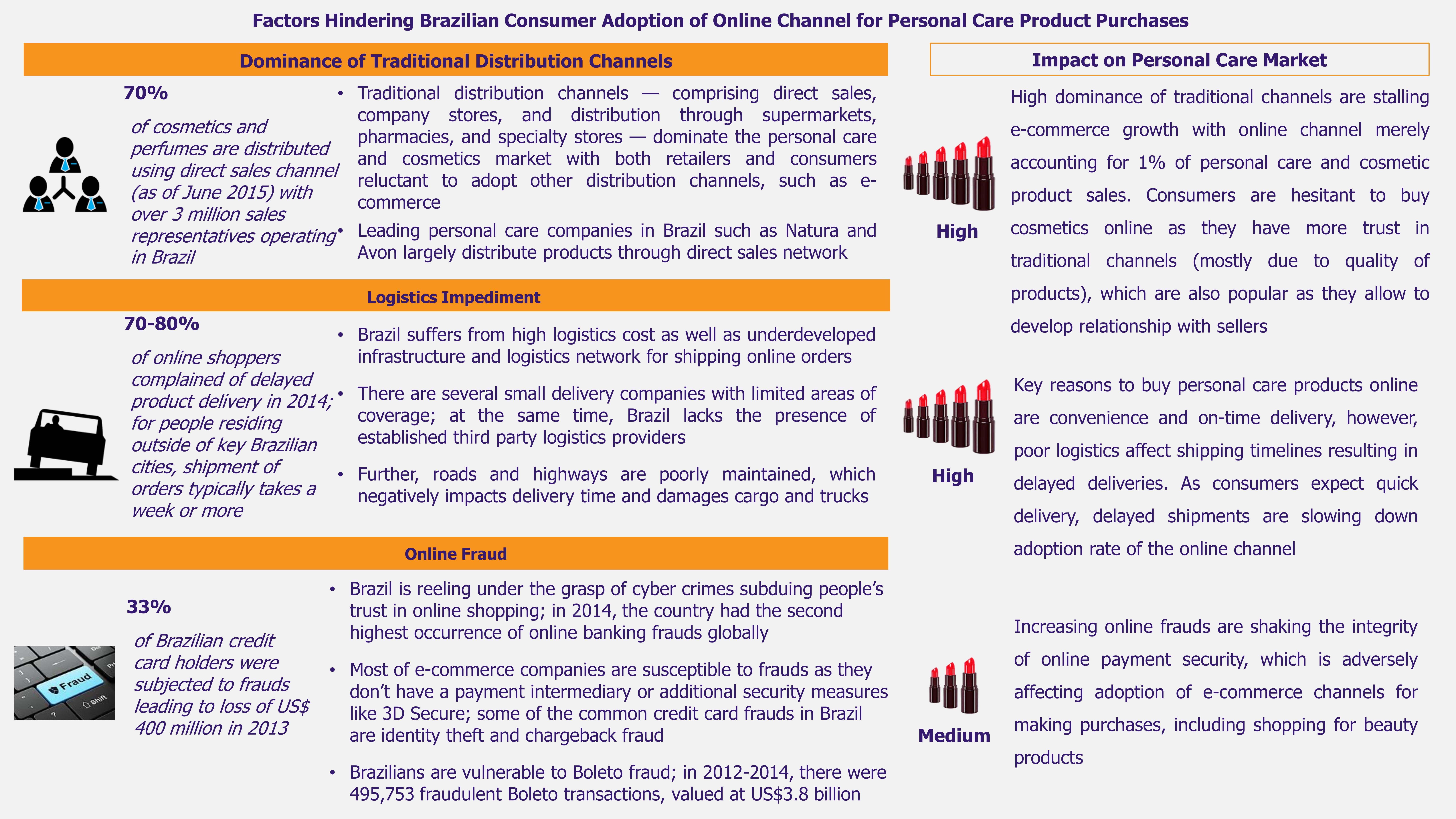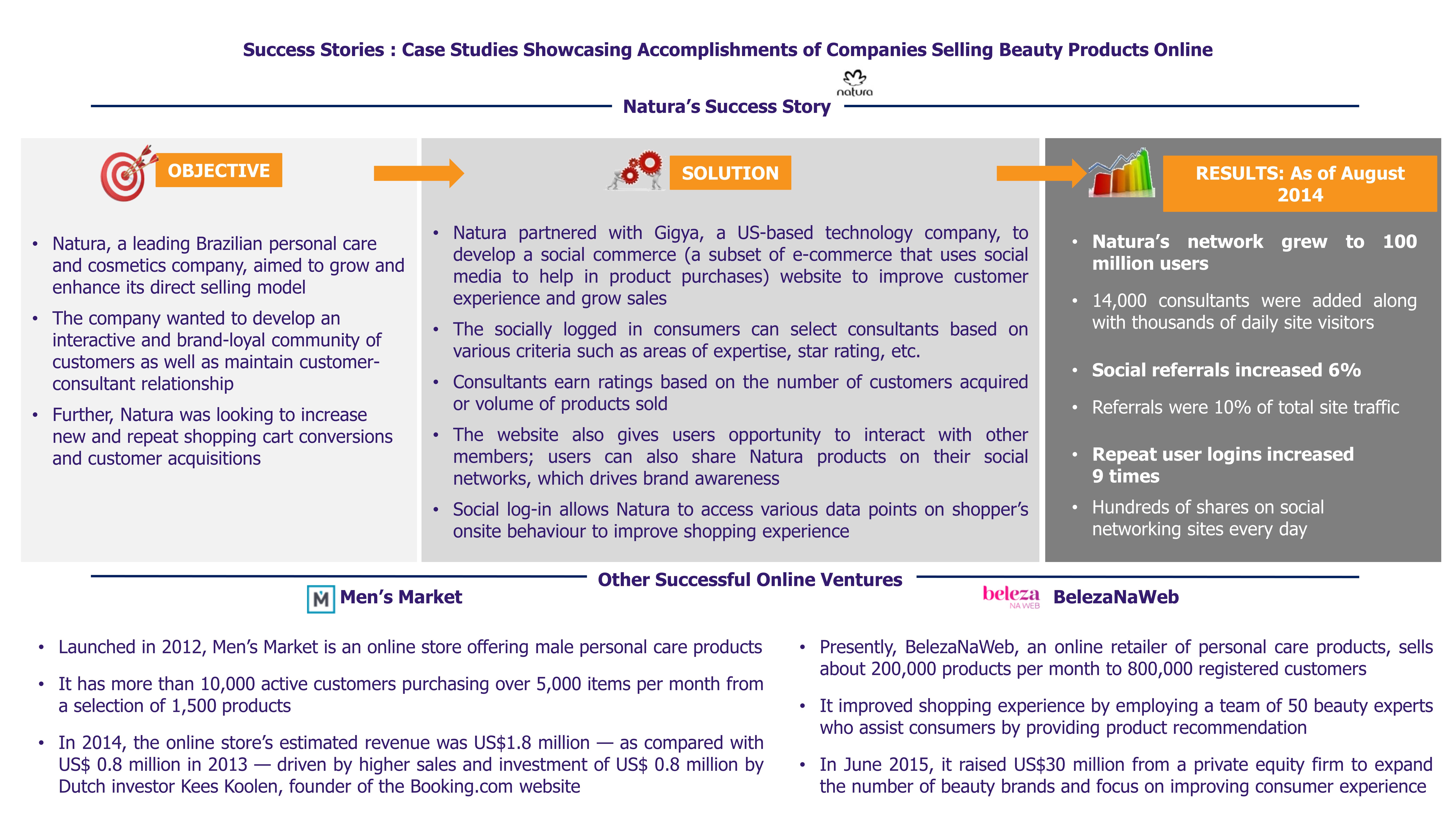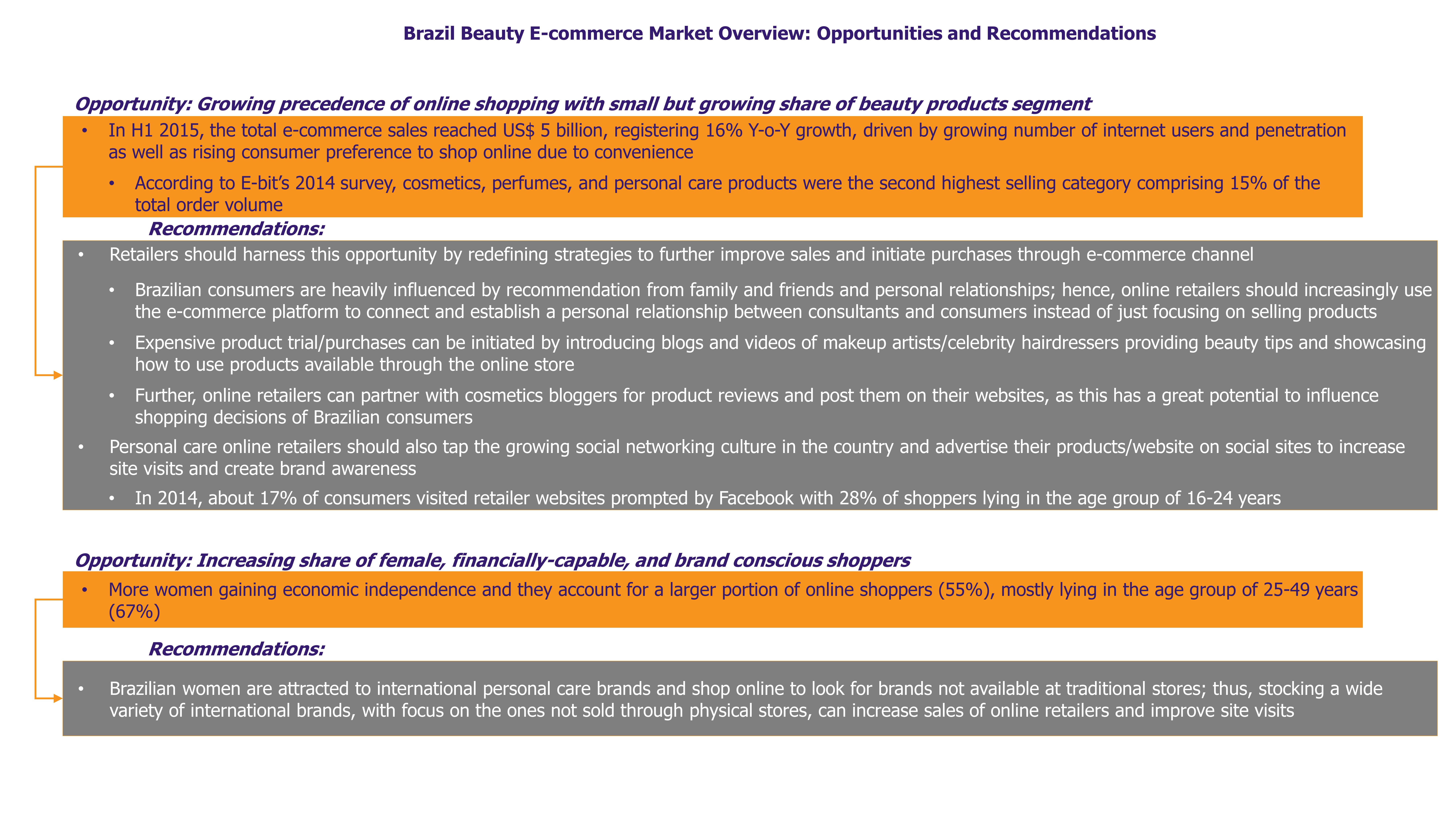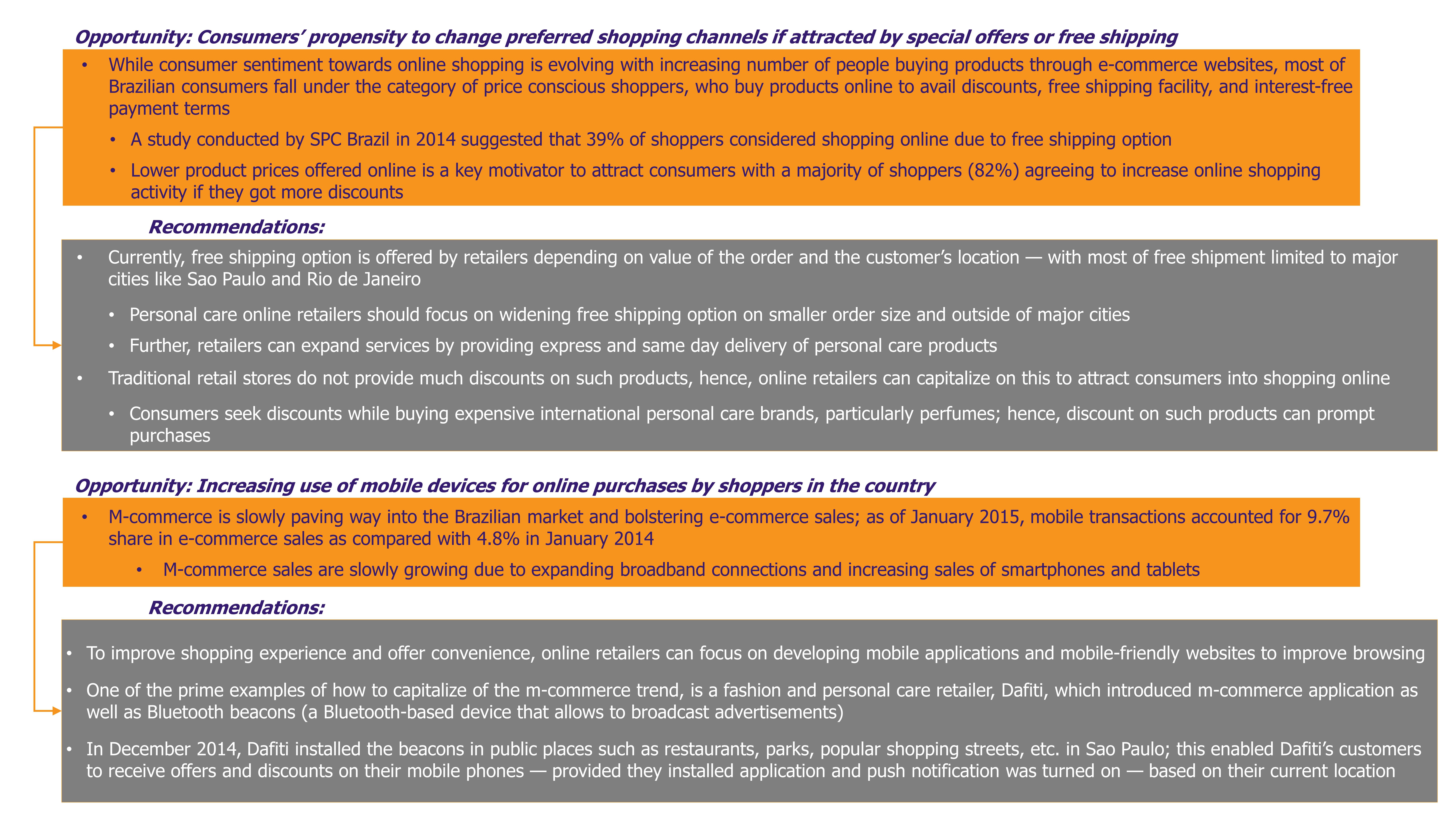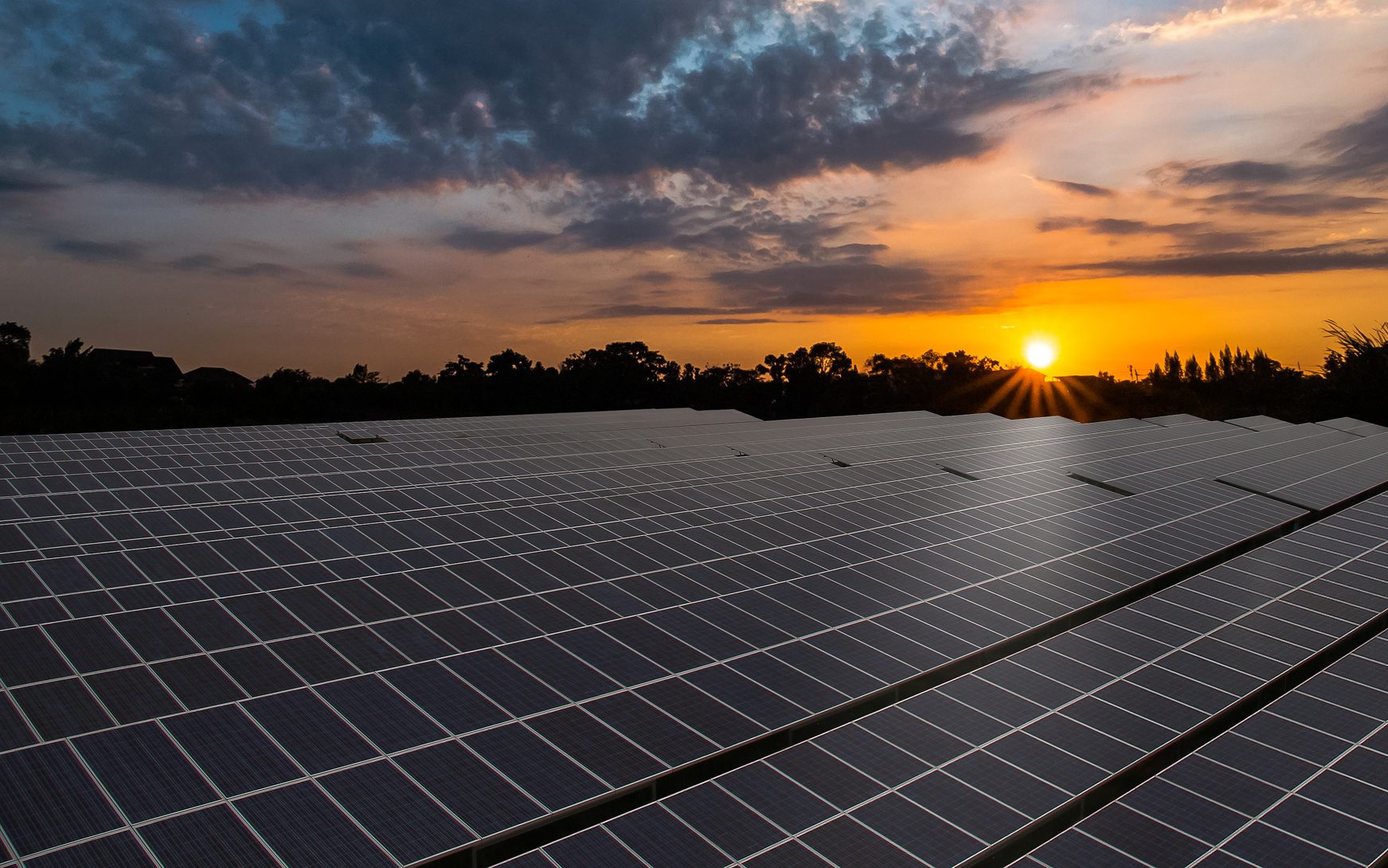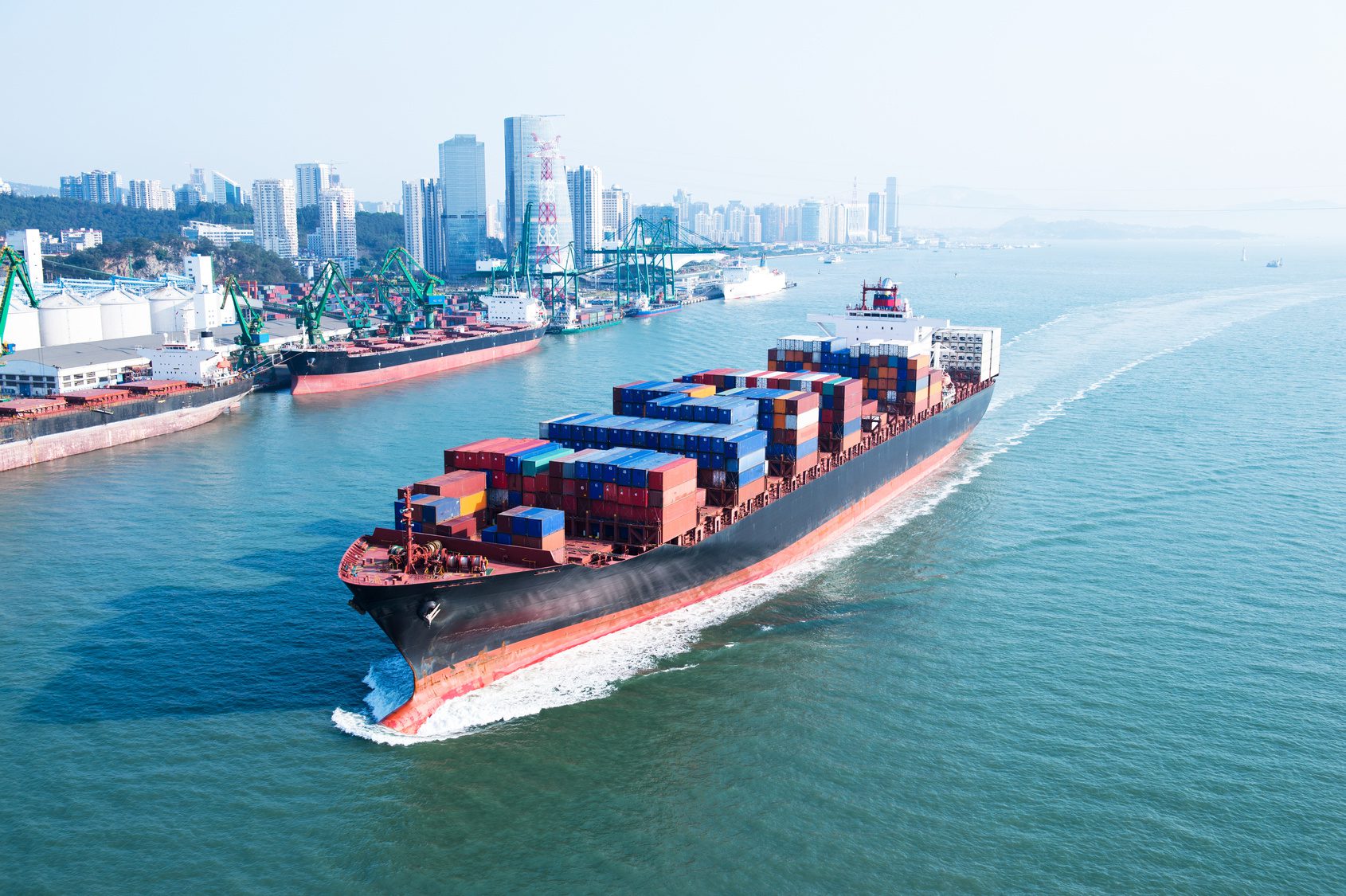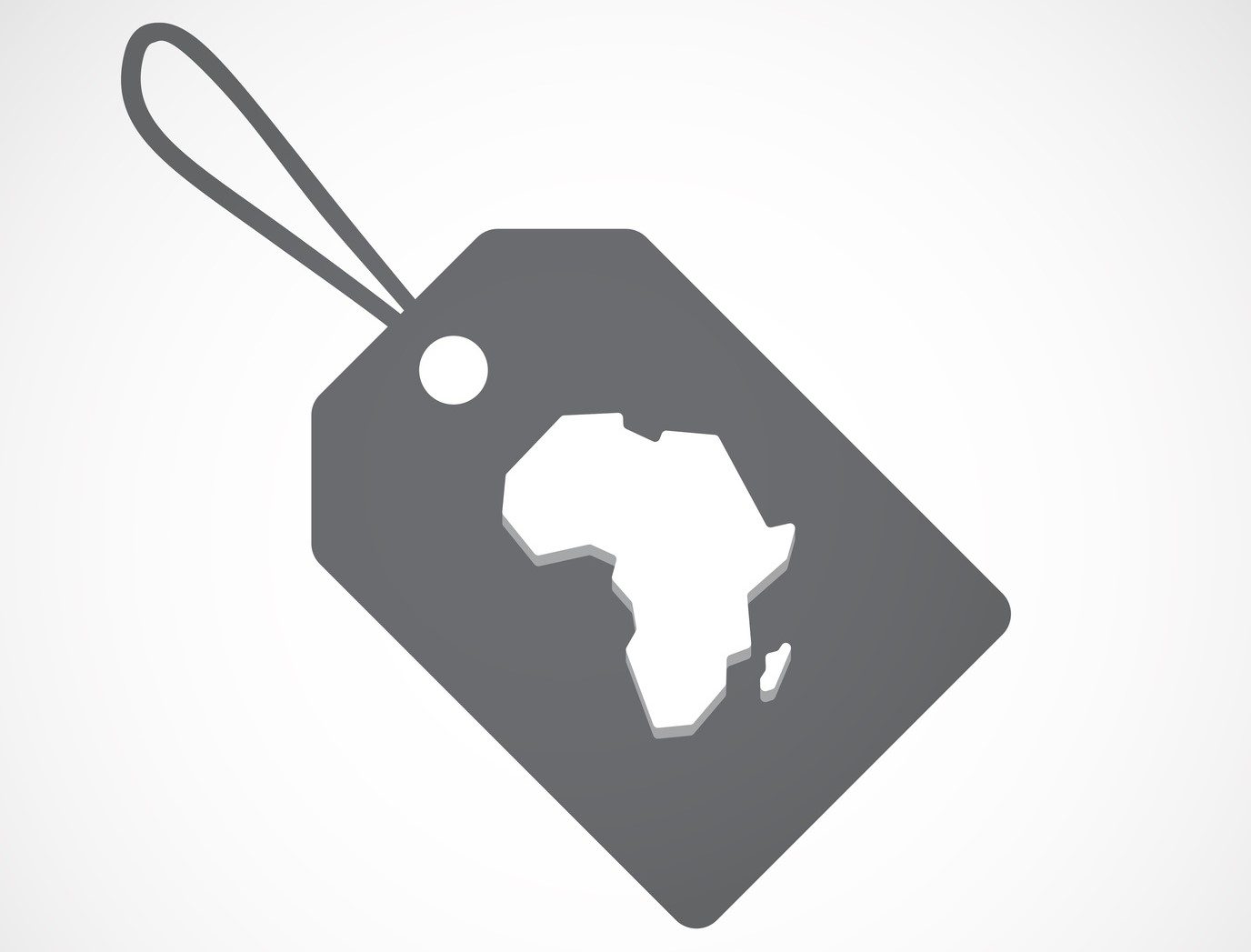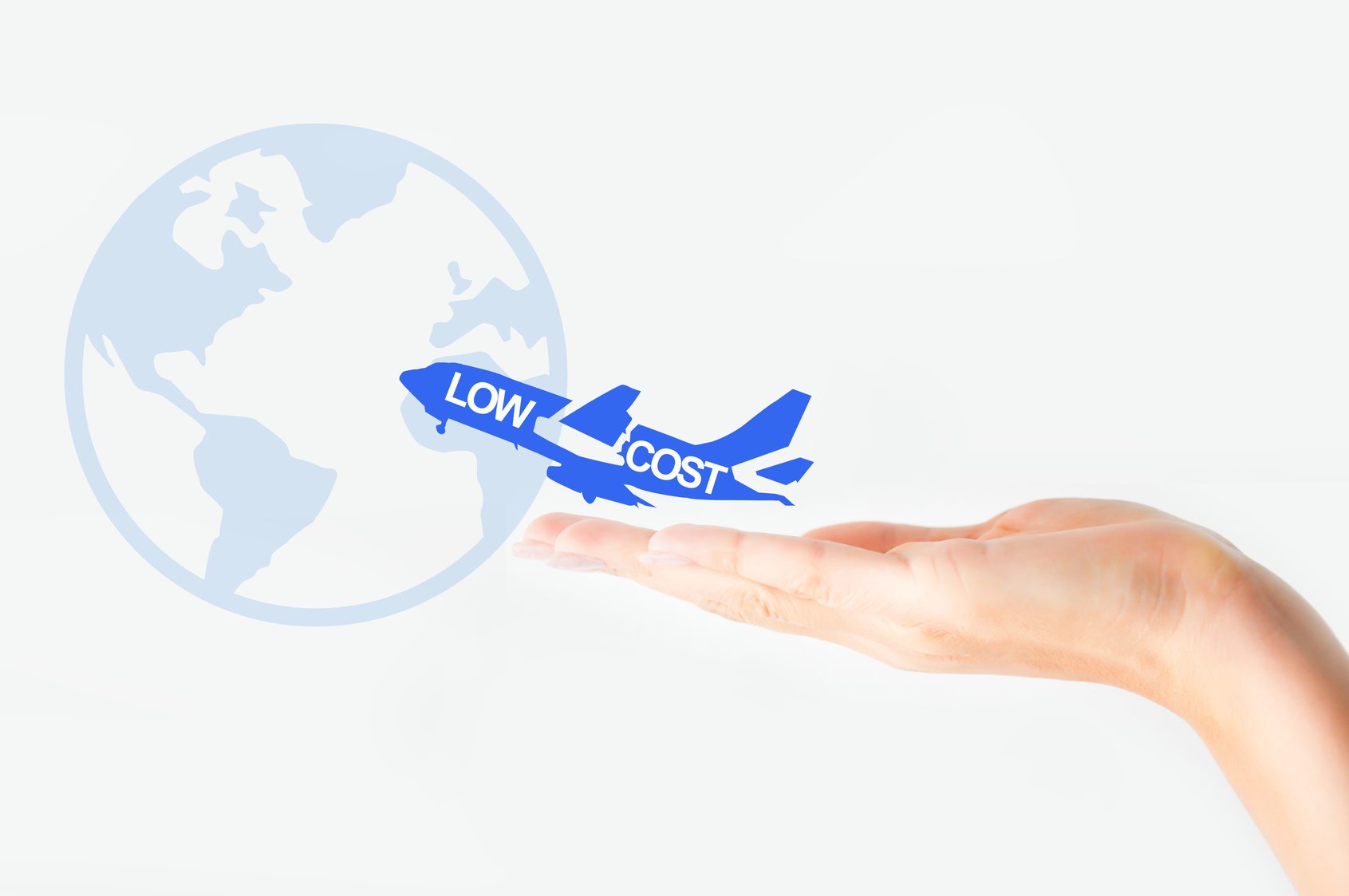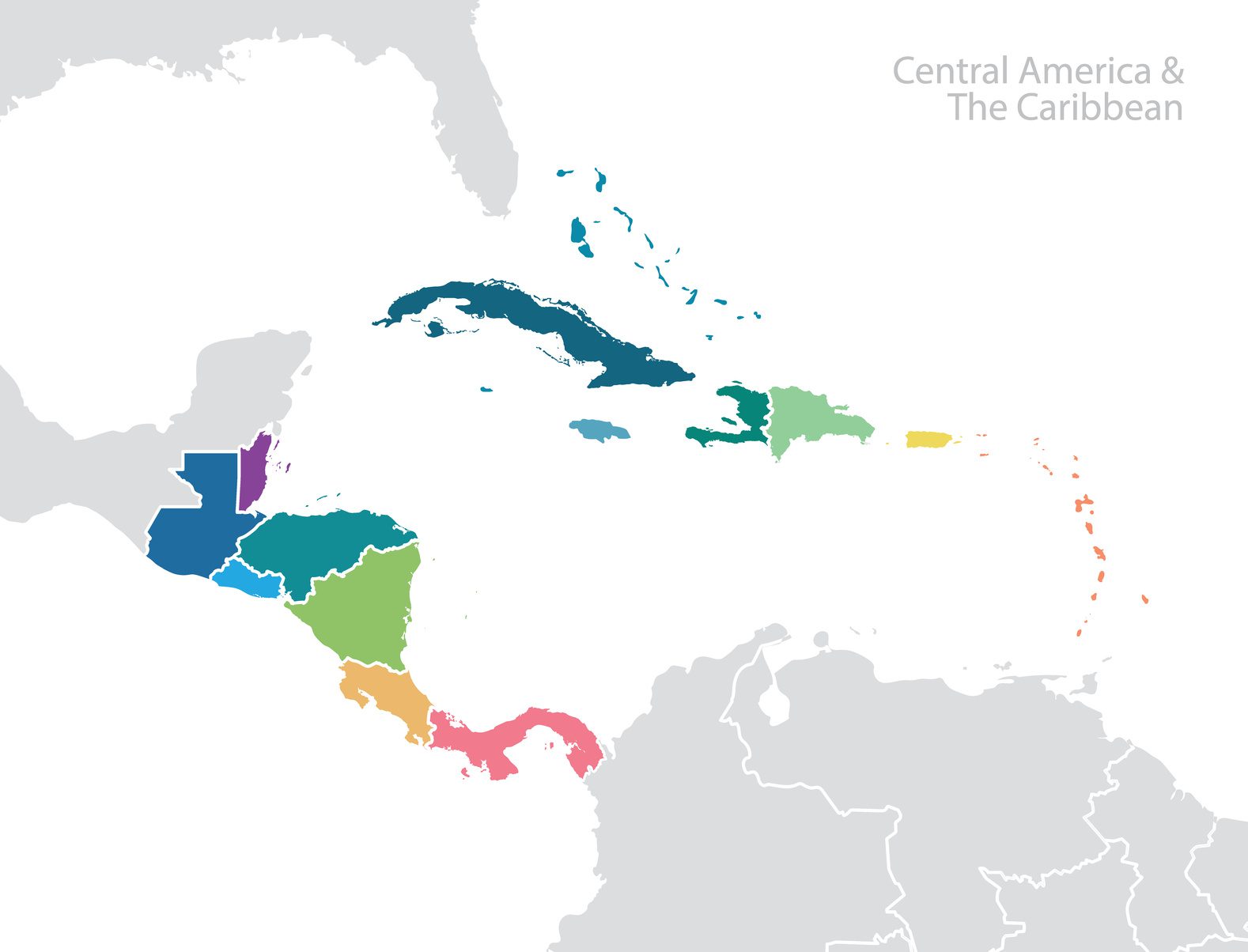In July 2015, Federation of Thai Industries’ renewable energy division indicated that Thailand is expected to add about 1,200-1,500 MW of solar capacity in 2015, which would require about THB 90 billion (~US$2.5 billion) of investment. Most of this capacity is expected to be installed through utility-scale solar PV projects.
This article is part of a series focusing on solar PV market across selected Asian countries: China, India, Thailand, and Malaysia.
The series closing article Solar Rises in the East examines challenges and opportunities in all four markets, with additional look into Indonesia and
The Philippines.
Market Overview
The development of solar market in Thailand can be traced back to 1993, when the solar PV installation was focused mainly on electrification of remote areas not connected to the grid. Between 1993 and 2011 a total of 1,756 systems, with a total solar power generation capacity of 3,905 kWp (output power achieved under full solar radiation conditions), were installed on schools, hospitals, community centers, military bases, national forests, and such other areas.
Thailand was one of the first Asian countries to pursue solar energy development by putting in place policy incentives. Introduction of feed-in premium or “adder” scheme for solar PV installations in 2006 attracted private investments in the sector (under the adder scheme, solar developers were offered premium/bonus in addition to basic electricity tariff, when selling electricity to power utilities).
The first commercial solar PV project was a 6 MW solar farm project, named Korat 1, built by SPCG which is now Thailand’s biggest solar power operator in terms of capacity. The project is located in Nakorn Ratchasima and has been operating since 2010. With continued support from Thai government and increasing participation of private investors, Thailand has become one of the fastest developing solar market in Southeast Asia. According to Thailand’s Ministry of Energy, by the end of December 2014, 294 solar farms had started selling 1.32 GW electricity to the grid, while 14 solar farms with total capacity of 296 MW had signed sales contracts but did not supply power yet.
This rapid development is largely attributable to Thai government’s support to solar PV industry to achieve its solar target: government of Thailand outlined a 10-year Alternative Energy Development Plan (AEDP: 2011-2021), with the aim to boost renewable energy output to account for 25% of the total energy consumption in Thailand by 2021. The target is to generate 13,927 MW of electricity from renewable sources by 2021, compared to 3,343 MW in mid-2013. Under AEDP, Thailand aims to achieve 3 GW of installed solar PV capacity by 2021.

This appears to be a rather modest target considering that Thailand, being located in equatorial region, has abundant solar power potential. In 2012, Thailand Ministry of Energy – Department of Alternative Energy Development and Efficiency (DEDE) estimated country’s solar power potential at about 42,356 MW, with an average daily solar irradiation 18.2 Mega Joules per square meter (MJ/m2) per day. Northeastern region and certain areas in central region exhibit great potential for solar power generation.

Key Growth Drivers
Commitment to develop a clean energy society
High dependence on natural gas for the country’s energy needs is affecting its energy mix. Natural gas has been Thailand’s primary source of energy for the past three decades. In 2014, 66.5% of country’s electrical power generation was fueled by natural gas. Moreover, country’s dependence on imported energy is high: Board of Investment of Thailand (BOI) indicated that about 67% of energy was purchased from overseas sources in 2012.
“As demand for electricity rises in Thailand, we believe that solar PV will play an increasingly important role in our energy mix, thanks to our country’s abundant solar resources.” – Mr. Soonchai Kumnoonsate, the Governor of Electricity Generating Authority of Thailand, 2014
Furthermore, Thailand encourages clean and environment friendly technologies in order to meet its obligations under Kyoto Protocol to reduce carbon emissions. Thailand is focusing on development of renewable energy sector, including solar PV, to strengthen country’s energy security.
Government incentives
Thai government provides several incentives to support the development of solar PV sector in the country
Thailand introduced adder program in 2006 to encourage participation of private sector in solar power generation. Approved projects received a premium of THB 8/kWh (~US$0.224/kWh) in addition to basic electricity tariff for a duration of ten years. The cost of adder payments was passed directly on to the end-consumers in the form of higher electricity bills. Considering the impact on end-consumers, in 2010, the premium was reduced to THB 6.5/kWh (~US$0.182/kWh). In 2010, the government temporarily stopped approving new projects under the scheme due to over subscription.
In 2013, Thailand introduced Feed-in Tariff (FiT) for rooftop solar PV projects and community ground-mounted solar PV projects.

These financial incentives are not only expected to yield good returns on investment in solar projects, but they are also likely to help to reduce payback period. Thai Photovoltaic Industry Association (TPVA) estimates that the payback period in case of rooftop solar ranges from 7 to 10 years depending upon the size of the solar project, while in case of community ground-mounted solar projects, the payback period is 8 years for 1 MWp solar project and 7 years for 5 MWp solar project.

Thailand Board of Investment actively promotes investment in renewable energy sector, including solar PV through several fiscal incentives:

Besides incentives, the government also extends financial support for development of solar projects. The Energy Conservation Promotion Act 1992 (ENCON Act) established the ENCON Fund, which is Thailand’s primary source of public finance for renewable energy investment incentives and subsidies. A part of ENCON fund is allocated to revolving fund that offers low-interest loans for renewable energy projects (including solar projects) in cooperation with eleven banks in Thailand. DEDE developed ESCO (Energy Service Companies) fund in 2008, under the financial support from ENCON fund, to extend support in the form of venture capital funding, equity investment, equipment leasing, carbon credit facility, technical assistance, and credit guarantee facility.
Government’s constructive measures have helped to create conducive business environment for solar investors and developers.
Challenges
Regulatory uncertainty and loopholes in policy framework have affected investor’s confidence
A major difficulty with the adder scheme, introduced in 2006, was that the project approvals far exceeded the completed projects. Projects of over 2,000 MW were awarded under the scheme, but only about 800 MW solar capacity was installed at the end of November 2013. There were many speculative rather than realizable project applications, as there was no set timeline recommended or mandated for the completion of the proposed project after receiving approval under the adder scheme. This led government to introduce corrective measures such as termination provisions. In 2009, the government also introduced bid bonds in the form of security deposits of THB 200/kW (~US$5.6/kW) for project size greater than 100 kW. The security deposit was introduced to discourage those applicants who had intentions of revising and reselling power purchase agreements (PPAs) for a profit. Furthermore, the approval of new applications under the adder scheme was stopped in 2010.
Such frequent changes in policy framework have resulted in reduced investor confidence. Moreover, lack of transparency in the process of approval of the proposed solar projects raises concerns whether the scrutiny mechanisms are fair and independent of business interests. These issues may continue to have a negative impact the growth of solar PV development in Thailand.
Poor governance and inadequate planning stall community ground-mounted solar projects
With announcement of FiT for community ground-mounted solar projects, government planned to install 800 MW of combined solar capacity by the end of 2014, by installing one MW per village in Thailand. Financing was to be provided by a government bank, either Government Savings Bank or Bank for Agriculture and Agricultural Cooperatives. However, the scheme could not be implemented as it faced issues in raising the required finance for the projects due to political crisis in the country. In 2014, following the ouster of the last government under Prime Minister Yingluck Shinawatra in a coup, the military took control of the country. Amid uncertainties in the status of the interim government, the Government Savings Bank rejected the loan request of THB 48 billion (~US$1.34 billion) for community ground-mounted solar projects. In an effort to still achieve the proposed 800 MW target, community ground-mounted solar was transformed into Government and Agricultural Cooperative Program. Revised program encourages construction of solar farms with up to 5 MW in size in the form of public-private partnerships with the governmental sector or agricultural cooperatives. The proposed deadline for 800 MW quota under this program has been postponed to December 2015.
High up-front costs and insufficient FiT rate have impacted residential rooftop solar installations target
The Energy Regulatory Commission (ERC) of Thailand opened the first round of applications for residential rooftop solar PV FiT in October 2013 with a target to approve projects for total rooftop solar power generation of 100 MW. But the response was low, with only 33 MW of residential solar rooftop projects approved.
“In Thailand, 99% of the households that joined the solar feed-in tariff program are from the high-income segment. There has never been any inquiry or interest from customers in the middle-income household bracket.” – Dr. Dusit Krea-Ngam, Chairman of TPVA, September 2014
Subsequently, second round of applications was opened in February 2015, but applications for only 21.3 MW were received by May 2015. This low interest was partially attributed to higher than expected costs of developing power from solar energy in residential segment. In a media article released in May 2015, ERC Commissioner, Viraphol Jirapraditkul, emphasized that many people deem the FiT incentive insufficient as compared with the high investment required for installation of residential solar systems. Installation of solar rooftop systems involve high upfront cost, which is around THB 400,000 (~US$11,200) for a typical 5 kW solar PV system for residential usage in Thailand. This is a huge amount to shell out at once for people from middle income segment in Thailand. Hence, solar rooftop installation might remain a privilege only with higher income population in Thailand, unless third-party financing structures evolve to ease the need of out-of-pocket investment on installation of solar rooftop systems.
Opportunities
Developing solar market in Thailand offers ample opportunities for know-how and equipment producers from abroad
According to BOI, by first quarter of 2014, Thailand had only three companies manufacturing solar cells and modules using imported wafers, and another four assembling imported cells into modules. Local industry lacks expertise and competence to compete with the quality of solar PV modules from Germany or the USA, or with the price of solar PV modules from China. Thailand imports most of the equipment used in solar projects as the domestic supply does not meet the needs of expanding solar market. This could possibly create an unrest among domestic solar PV module industry, but as solar energy is high on Thai government’s agenda, imports of solar PV modules is likely to continue. Leading solar module producers from China, Japan, Taiwan, and Germany have already been able to tap considerable market in Thailand. Following is the list of some of the international companies whose solar PV modules have been installed in Thailand.

Leading engineering, procurement and construction (EPC) companies see emerging market opportunity in Thailand
Solar developers in Thailand have been increasingly hiring leading international EPC firms owing to their experience and technical know-how. With push to realize the solar projects that have been approved for the FiT, a number of international EPC and project development firms have been able to rope in contracts to develop solar PV plants in Thailand. In October 2013, Conergy, a Germany-based EPC company having a joint venture with local company Annex Power, indicated to have a 20% market share in Thailand. The company has developed 70 MW with a further 100 MW in pipeline. Juwi, another Germany-based company, also has a strong presence in Thailand and it is developing 61 MW capacity solar PV projects. In 2014, Sharp, a Japanese company, signed EPC contract to construct a 52 MW solar PV plant in Thailand for Thai company Serm Sang Palang Ngan (SSP). Chinese EPC service providers, such as Anwell Technology and Yingli have also gained EPC contracts for development of solar projects in Thailand.
EOS Perspective
While rooftop solar market faces many challenges, the growth of Thai solar market is expected to be driven by utility-scale solar projects
Despite abundant potential for solar power generation, Thailand has set modest targets for solar PV development. In 2013, the share of solar power in Thailand’s total electricity generation (168,478 GWh) was only 0.553%. Under AEDP, Thai government targets only 3 GW of solar PV installation by 2021, though the country has the solar potential of around 42 GW.
Thai solar market is expected to exhibit high growth in the short term, owing to the uptake in utility-scale solar projects, till the government’s target for utility-scale solar PV installation is achieved. Government have approved PPAs for around 1 GW utility-scale solar projects in 2015. Thailand’s rapidly growing utility-scale solar market presents manifold opportunities for international solar companies with adequate experience and expertise.
Utility-scale solar PV installations accounted for 98.73% of grid-connected solar power in 2013, while expansion of the rooftop solar segment is still limited. In particular, development of residential rooftop solar market in Thailand has been sluggish and it will need more promotion and better incentives to shape up. The turnaround of solar rooftop market will largely depend on development of third-party financing structures to set up solar rooftop systems. Property developers have found unique business opportunity amidst challenging rooftop solar market. For instance, Prinsiri Plc, a Thai property developer, plans to invest in and install solar cells and other equipment for customers at its housing projects. The company will earn from electricity sold to the Metropolitan Electricity Authority (which supplies electricity to the Bangkok region) and as an incentive to home buyers, the company will not charge any common-area fees from them (common area is the area in the building that is available for use by all owners and tenants; common-area fees is the amount charged by the developer for upkeep and maintenance of common area). In June 2015, another Thai property developer, Sena Development PCL, signed a partnership deal with US-based First Solar and private equity firm Confidence Capital to develop a solar rooftop business in Thailand. Such business models, if successful, might change the scenario for Thai rooftop solar market. Moreover, it is yet to be seen whether public-private partnerships would be successful in achieving community ground-mounted solar targets.
The solar market in the country is currently witnessing interesting times. Utility-scale solar PV projects in Thailand are expected to drive the capacity build in 2015-2016, while further development of the Thai solar market is likely to depend on effective implementation of rooftop and community ground-mounted solar PV projects.
